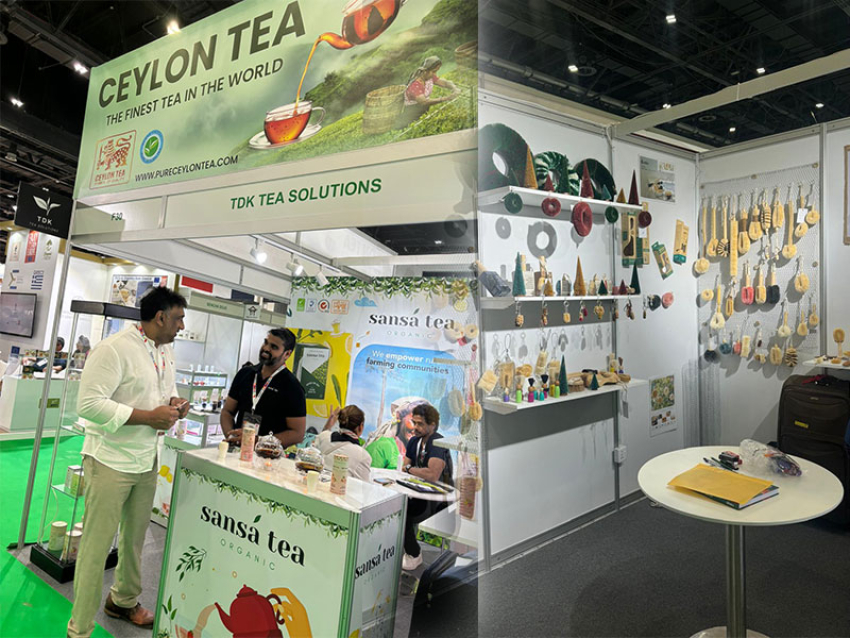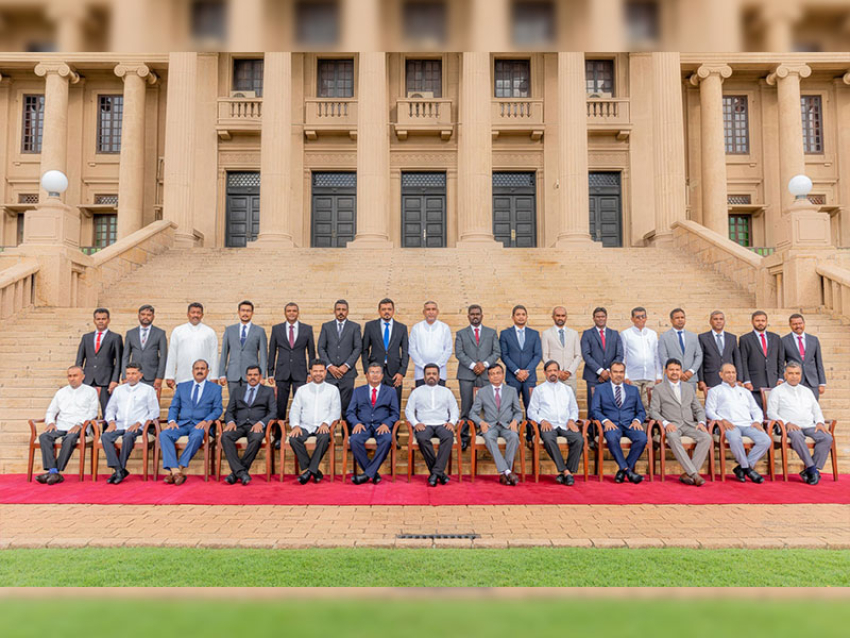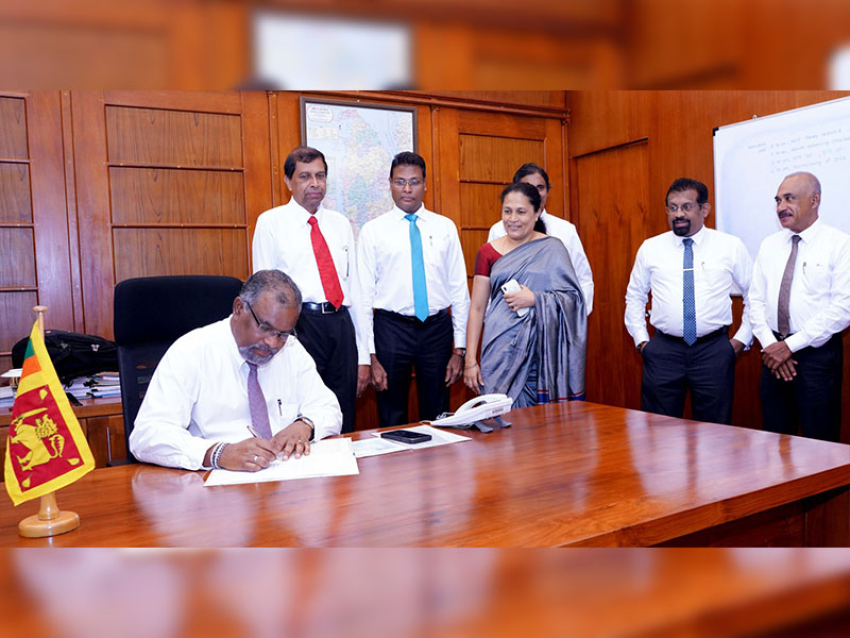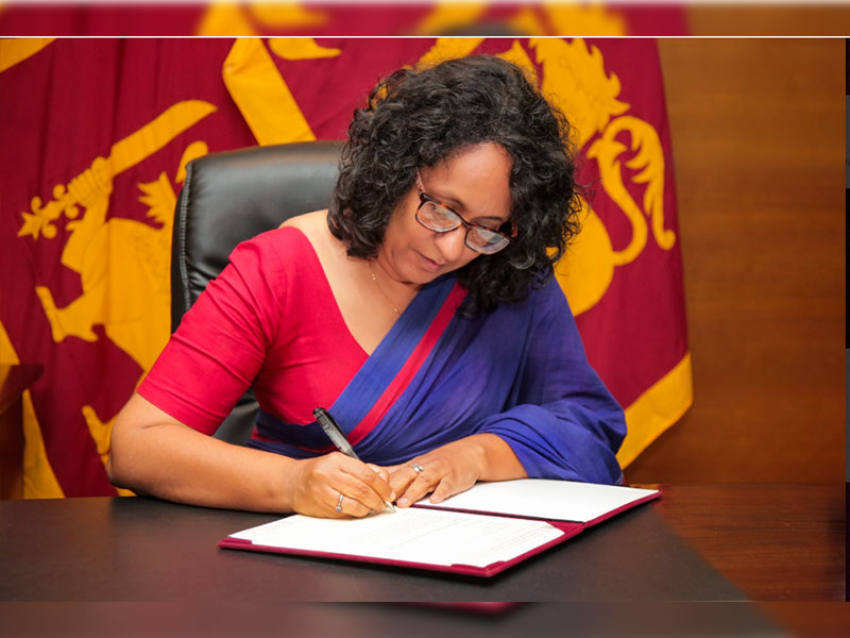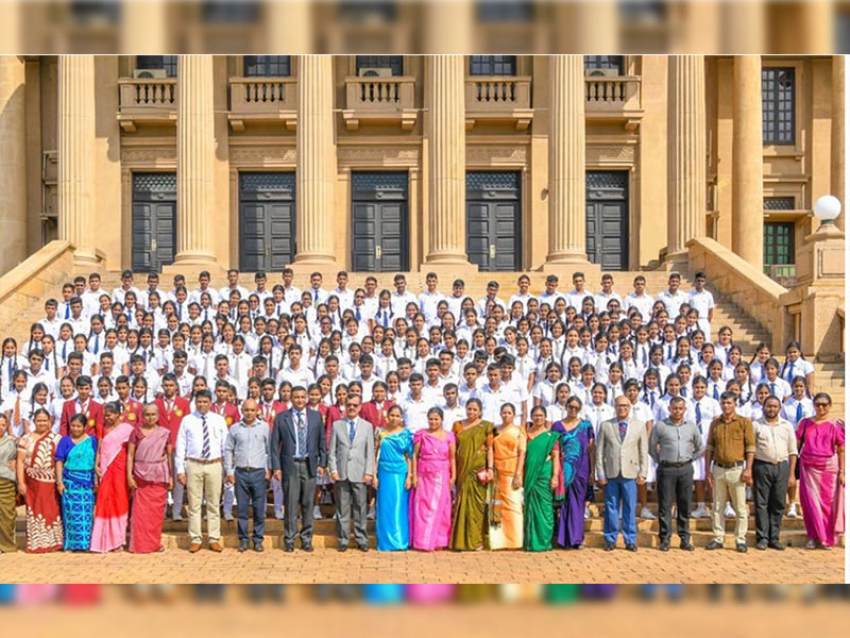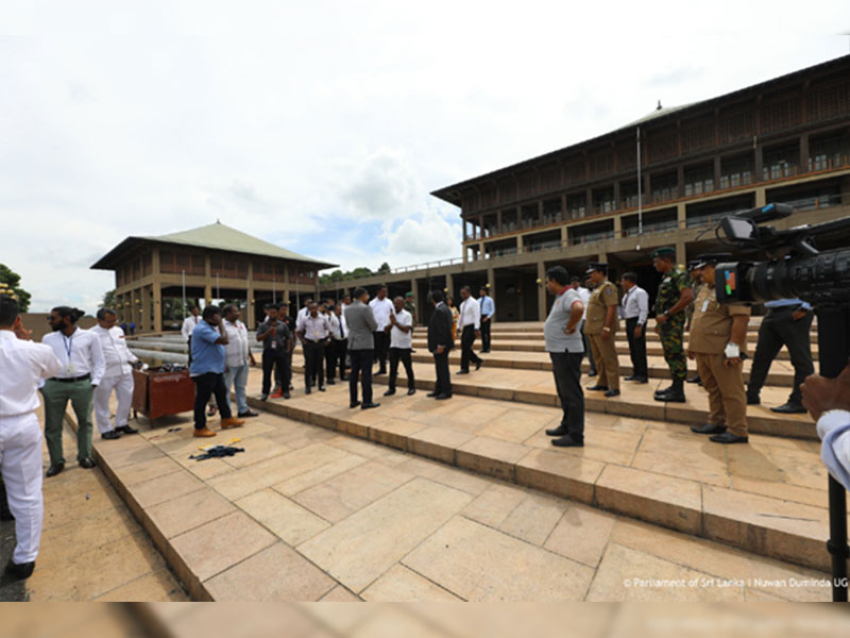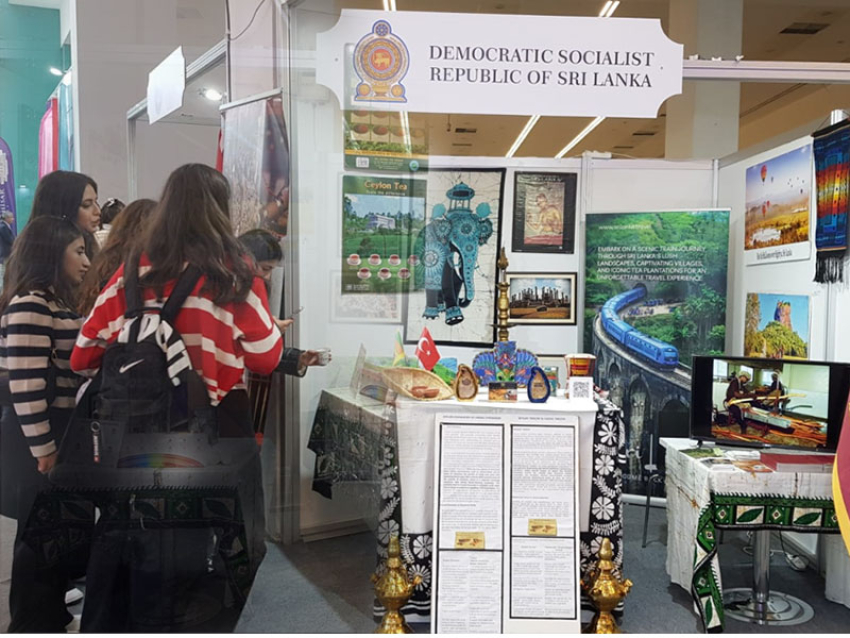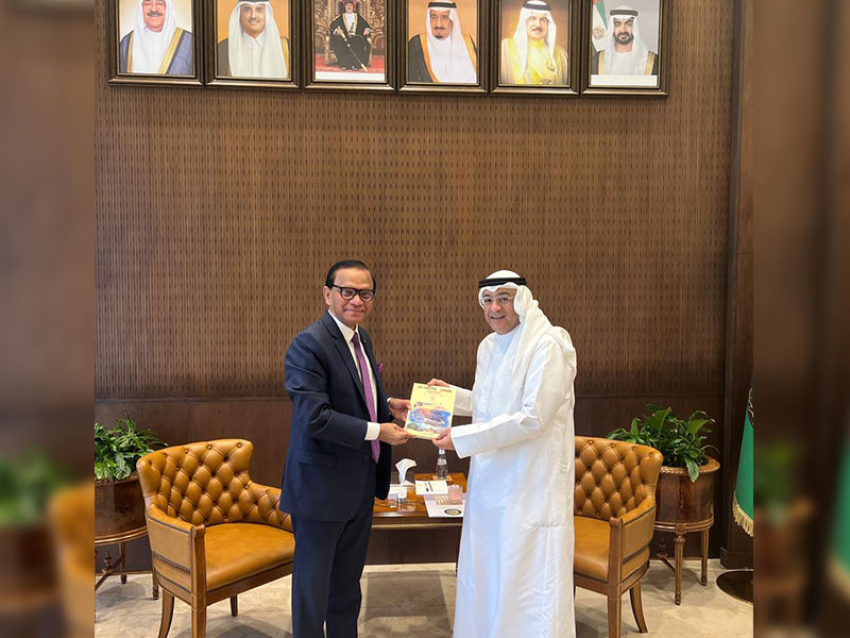He made these sentiments speaking at the launch of the Global Alliance for Trade Facilitation Project held in Colombo. Speaking further he said that MCC project will increase efficiency and reduce the cost of transit services, and increase the value addition undertaken in Sri Lanka.
“This in turn will benefit Sri Lanka in several ways to bring down time and cost for Sri Lankan traders, generate foreign exchange by MCC service provision to foreign traders and be an avenue for expansion into other value added logistics services, he said. The project aims to work collaboratively to identify and address bottlenecks that prevent Sri Lanka from reaching its full potential in the provision of MCC services.
“Sri Lanka is ideally positioned for an Indian Ocean logistics hub and Colombo port offers the least deviation from the main East West trade routes among South Asian ports and also the Colombo Port is globally competitive in terms of connectivity,” he said.
Commenting on MCC and Maritime logistics and opportunities, he said Colombo Port has the only deep water container port terminal in South Asia that is able to accommodate large vessels of 18,000 TEUs more. Colombo Port terminals CICT and SAGT make an average of 35 moves per crane, surpassing the productivity of other south Asian terminals.
Container throughput in the Colombo port grew by 10.6% in 2016 even when world average growth was less than 2%.“Shippers are increasingly looking for supply chain strategies to reduce international transport, such a consolidation shipments at a single location by engaging third party logistics as matchmaker for shipments along shared routes. And also the re-working of global supply chain is an opportunity for high growth in Sri Lanka’s maritime logistics sector,” he said,
According to him, five shipping line handles more than half of Colombo port cargo. “Hence shipping line decision to change ports significantly impacts the container traffic passing through the port.”“Only 25% of container throughput in Sri Lankan is gateway or local, indicating the risk of shipping lines switching is high,” he said.Noting that size and scale of cargo ships are increasingly becoming larger, he said ports need to be able to accommodate these vessels to be competitive.At present 35% of Colombo port’s transshipment volume is Indian transshipment. India is engaging in a series of port related reforms to make their ports competitive, he said.
In May 2018, India removed cabotage laws that prevent foreign flag ocean carriers from transporting cargo between domestic gateway ports .India is developing deep water ports capable of handling new generation mega ships in the South and in close proximity to the East West sea route, he said.He said further that Indian transshipment in the Colombo port is stagnant at 1.2 million TEUs, even though India’s total transshipment has increased by 14%.
According to world Logistics Performance Index Sri Lanka is ranked at 94th position, while Singapore, UAE and India have secured 7th, 11th and 44th positions respectively. Speaking at the event Reed Aeschliman, Mission Director - United States Agency for International Development also said that the United States is committed to help multi country consolidation in Sri Lanka and to make Sri Lanka’s vision being a key regional logistics hub a reality. This is an initiative that offers traders more flexibility and lower transit cost. This will also attract investments, increase overall export volume. All of these things go a long way helping Sri Lanka to achieve its goal of becoming a regional logistic hub,” he said.
Commenting on USA –Sri Lanka relationship, he said that during over the past 50 years, the United States Agency for International Development (USAID) has provided assistance to Sri Lanka to the value of US$ 2 billion in multiple areas.He said further that USA- Sri Lanka relationship continues to be all time high and reaffirmed US government’s commitment to establish a better MCC model in Sri Lanka.



